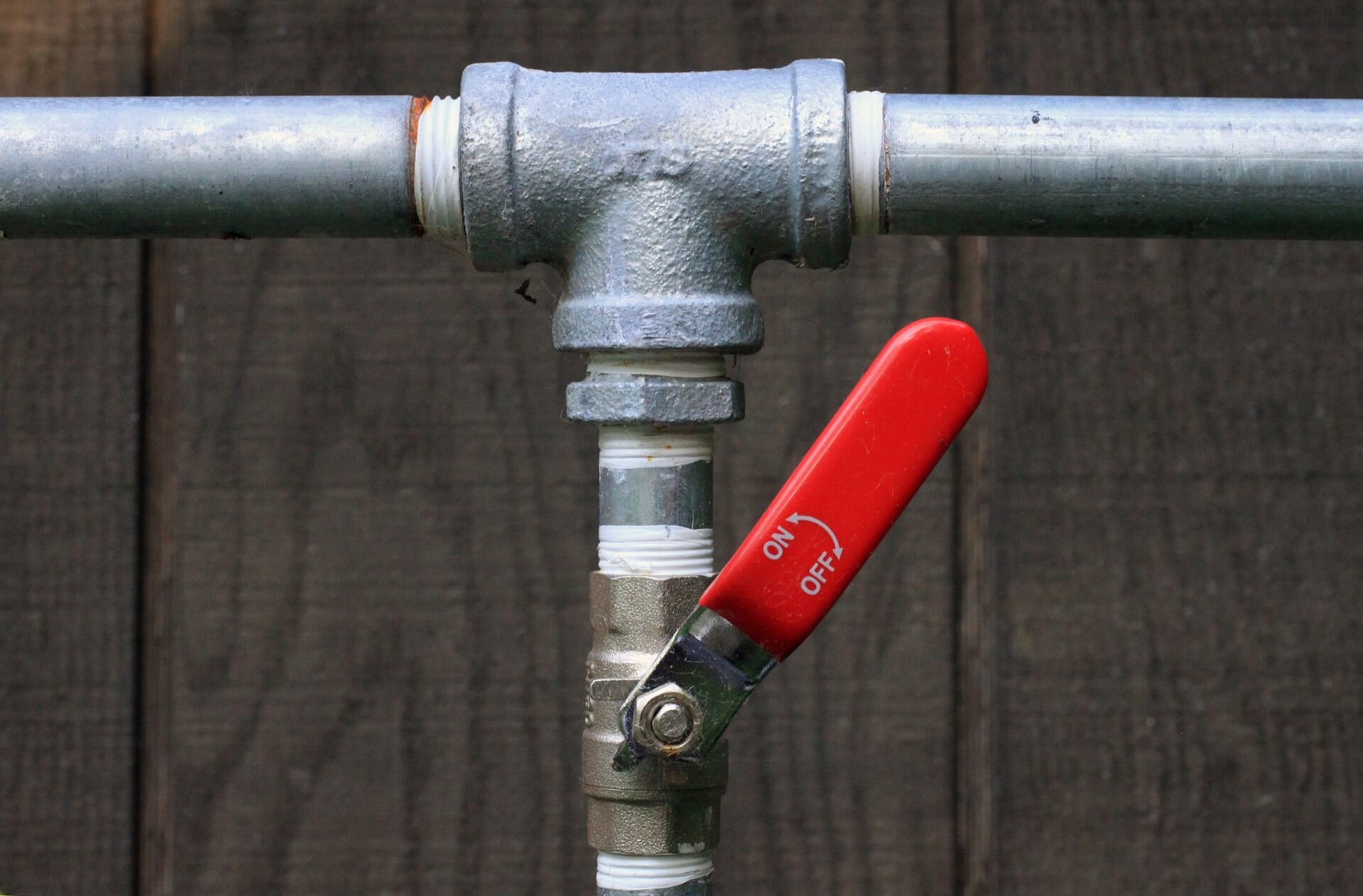When it comes to bathroom sink plumbing, there are various types that you may encounter. Each type serves a specific purpose and understanding them can help you to properly maintain and troubleshoot any issues that may arise. In this article, we will discuss the top 10 main types of bathroom sink plumbing that you should know about.Types of Bathroom Sink Plumbing
The sink drain is an essential part of any bathroom sink plumbing system. It is responsible for carrying the waste water from the sink to the sewer or septic tank. The most common type of sink drain is the pop-up drain which has a stopper that can be lifted or lowered to allow or block the water from draining. Other types include grid drains and push-button drains which have different mechanisms for controlling the water flow.Sink Drain
The trap is a curved section of pipe that is located under the sink, between the drain and the main plumbing line. Its purpose is to prevent sewer gases from entering the bathroom and also to catch any small objects that may accidentally fall down the drain. There are three main types of traps: P-trap, S-trap, and bottle trap. The P-trap is the most common and is shaped like a "P", while the S-trap is shaped like an "S" and is less commonly used nowadays. The bottle trap, on the other hand, is shaped like a bottle and is often used in modern and minimalist bathroom designs.Trap
The P-trap is named after its shape and is the most commonly used type of trap in bathroom sink plumbing. It is also used in kitchen sinks, bathtubs, and showers. The P-trap has a curved section that holds water to create a barrier between the bathroom and the sewer line, preventing sewer gases from entering the room. This type of trap is also easy to install and maintain, making it a popular choice among homeowners.P-Trap
The S-trap used to be the standard type of trap in older homes, but it is less commonly used nowadays due to its tendency to cause clogs. The shape of the trap makes it easier for debris to get stuck and cause blockages. However, if you have an older bathroom with an S-trap, it is still possible to maintain and unclog it. Just make sure to regularly clean it and use a plunger or plumbing snake to remove any blockages.S-Trap
The bottle trap is a more modern and aesthetically pleasing type of trap that is commonly used in minimalist bathroom designs. It is shaped like a bottle and is usually made of chrome or other metals, making it a decorative element in the bathroom. This type of trap is also easy to clean and maintain, as it can be easily unscrewed for cleaning purposes.Bottle Trap
The pop-up drain is the most common type of drain used in bathroom sinks. It has a stopper that can be lifted or lowered to control the water flow. The stopper is connected to a mechanism under the sink, which can be adjusted to control the tightness of the seal. Over time, the stopper and mechanism may need to be replaced due to wear and tear, but they are relatively easy and inexpensive to replace.Pop-Up Drain
The overflow drain is a secondary drain located near the top of the sink, just below the faucet. Its purpose is to prevent the sink from overflowing in case the main drain gets clogged. This type of drain is more commonly found in bathroom sinks than in kitchen sinks. If you notice water pooling around the overflow drain, it could be a sign of a clogged main drain and should be addressed immediately.Overflow Drain
The flexible supply lines are responsible for delivering hot and cold water to your bathroom sink. They are located under the sink and are connected to the faucet and shut-off valves. These lines are usually made of braided stainless steel or plastic and are flexible, making them easier to install and less prone to leaks. However, they should still be regularly checked for any signs of wear and tear.Flexible Supply Lines
The shut-off valves are essential for any plumbing system as they allow you to turn off the water supply to a specific fixture in case of emergencies or when doing repairs. In bathroom sink plumbing, there are usually two shut-off valves, one for hot water and one for cold water. These valves are located under the sink and should be regularly checked for any leaks or corrosion.Shut-Off Valves
Different Types of Bathroom Sink Plumbing

Wall-Mounted Sink Plumbing
 A wall-mounted sink is a popular choice for small bathrooms or powder rooms, as it helps create the illusion of more space. This type of sink is attached directly to the wall, making it a great option for those who want a sleek and modern look. The plumbing for a wall-mounted sink is usually hidden behind the wall, giving it a clean and seamless appearance.
Wall-mounted sink plumbing
typically includes a P-trap and a tailpiece, which connects the sink to the main drain line. It is important to ensure that the sink is properly anchored to the wall to prevent any potential leaks or damage.
A wall-mounted sink is a popular choice for small bathrooms or powder rooms, as it helps create the illusion of more space. This type of sink is attached directly to the wall, making it a great option for those who want a sleek and modern look. The plumbing for a wall-mounted sink is usually hidden behind the wall, giving it a clean and seamless appearance.
Wall-mounted sink plumbing
typically includes a P-trap and a tailpiece, which connects the sink to the main drain line. It is important to ensure that the sink is properly anchored to the wall to prevent any potential leaks or damage.
Pedestal Sink Plumbing
 Similar to a wall-mounted sink, a pedestal sink is also a great choice for smaller bathrooms. This type of sink features a basin that sits on top of a pedestal, creating a classic and elegant look.
Pedestal sink plumbing
is usually more visible than other types of sink plumbing, so it is important to choose a style that complements the overall aesthetic of your bathroom. The plumbing for a pedestal sink typically consists of a P-trap, tailpiece, and water supply lines that connect to the sink's faucet. It is important to make sure that the pedestal is securely attached to the floor to prevent any wobbling or movement.
Similar to a wall-mounted sink, a pedestal sink is also a great choice for smaller bathrooms. This type of sink features a basin that sits on top of a pedestal, creating a classic and elegant look.
Pedestal sink plumbing
is usually more visible than other types of sink plumbing, so it is important to choose a style that complements the overall aesthetic of your bathroom. The plumbing for a pedestal sink typically consists of a P-trap, tailpiece, and water supply lines that connect to the sink's faucet. It is important to make sure that the pedestal is securely attached to the floor to prevent any wobbling or movement.
Vessel Sink Plumbing
 Vessel sinks have become increasingly popular in recent years for their unique and eye-catching designs. These sinks sit on top of a vanity or countertop and often require a different type of plumbing than traditional sinks.
Vessel sink plumbing
typically includes a special drain assembly that sits on top of the sink and connects to the main drain line. It is important to choose a faucet that is tall enough to reach over the edge of the sink and properly install the plumbing to prevent any leaks.
No matter what type of sink you choose for your bathroom, it is important to make sure that the plumbing is installed correctly and functioning properly. Hiring a professional plumber can ensure that your sink is installed with precision and expertise. With the right type of sink and plumbing, you can create a functional and stylish bathroom that meets all of your needs.
Vessel sinks have become increasingly popular in recent years for their unique and eye-catching designs. These sinks sit on top of a vanity or countertop and often require a different type of plumbing than traditional sinks.
Vessel sink plumbing
typically includes a special drain assembly that sits on top of the sink and connects to the main drain line. It is important to choose a faucet that is tall enough to reach over the edge of the sink and properly install the plumbing to prevent any leaks.
No matter what type of sink you choose for your bathroom, it is important to make sure that the plumbing is installed correctly and functioning properly. Hiring a professional plumber can ensure that your sink is installed with precision and expertise. With the right type of sink and plumbing, you can create a functional and stylish bathroom that meets all of your needs.





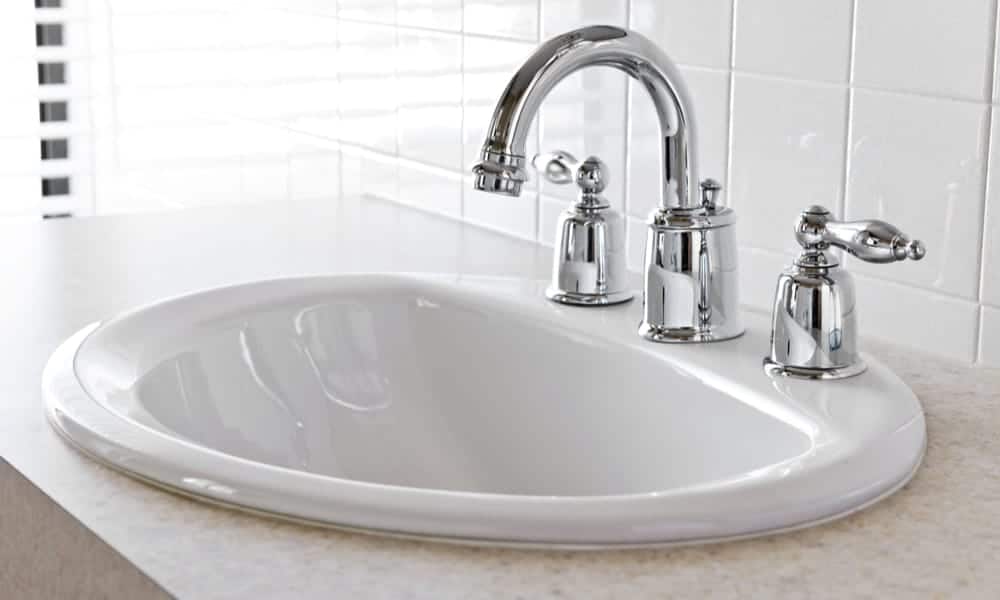

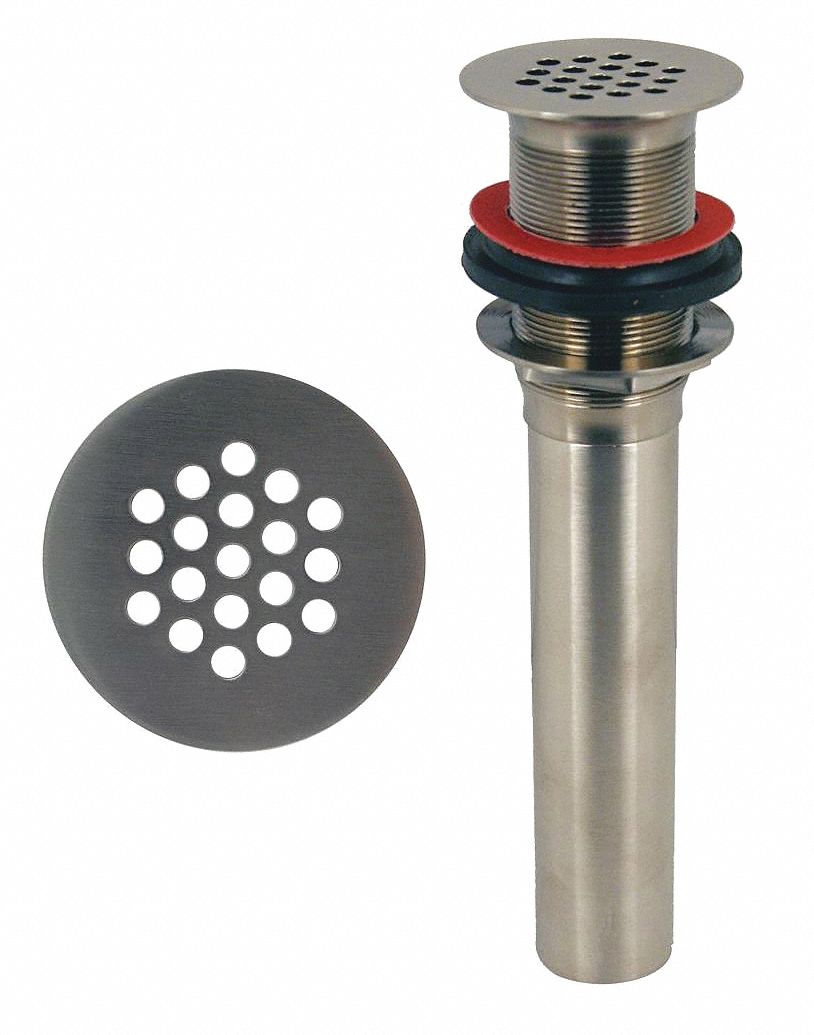













/mousetrap-137083031-5a032a869e9427003c599e17.jpg)




















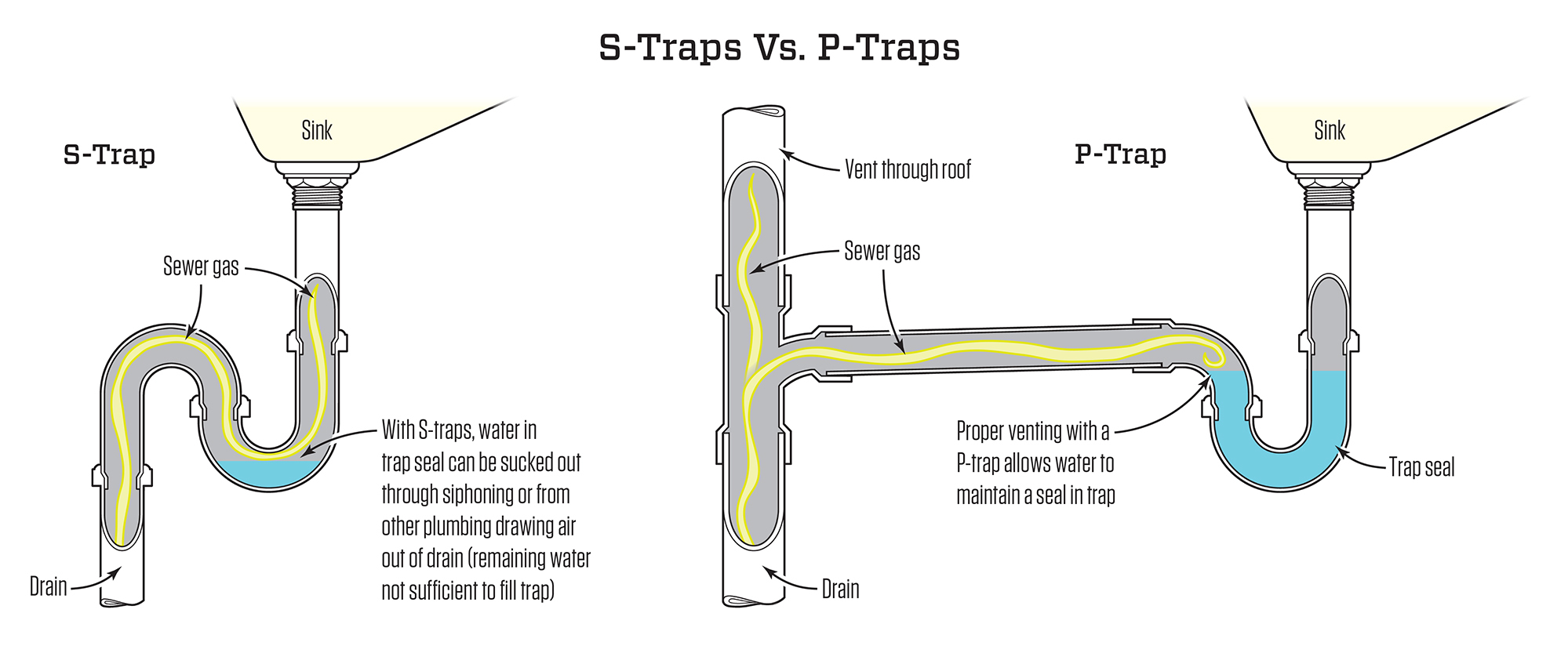














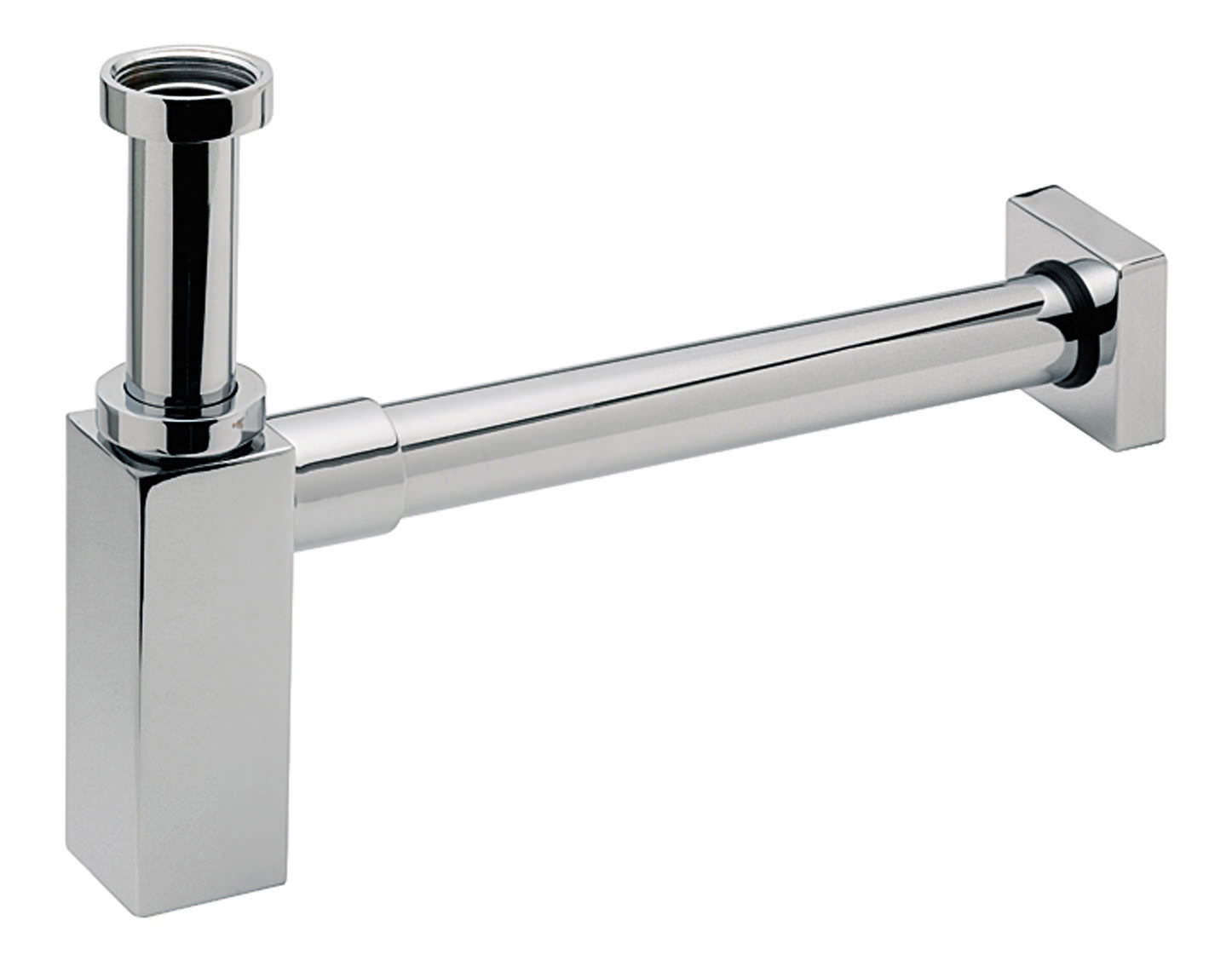































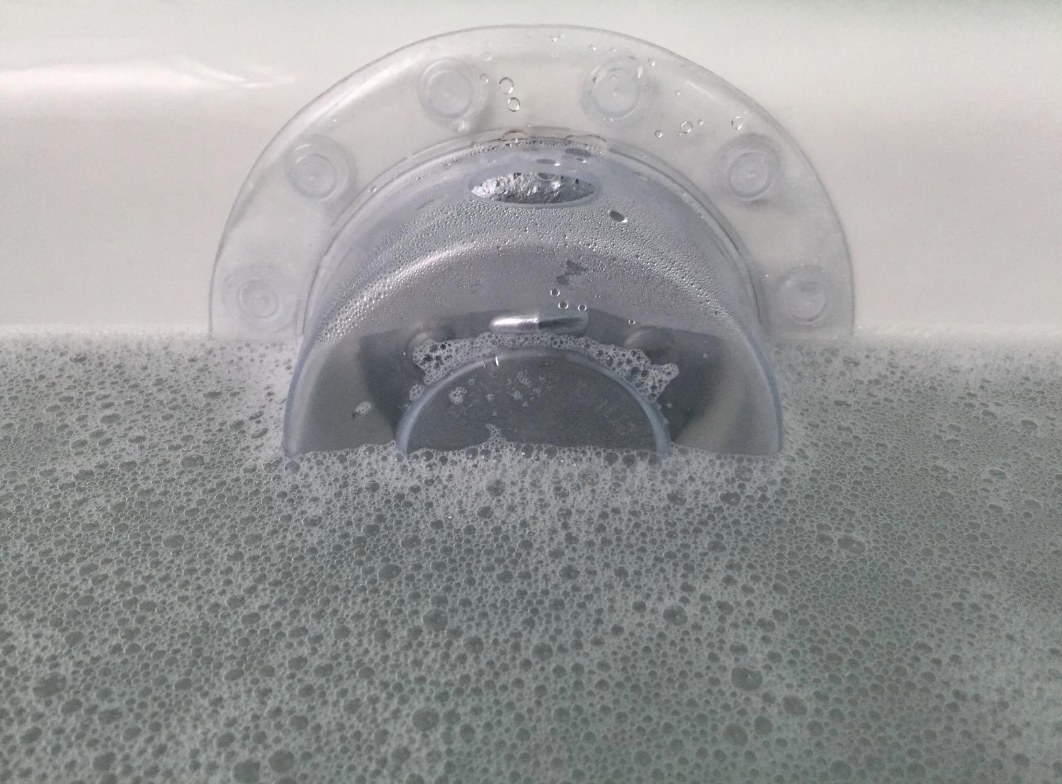






:max_bytes(150000):strip_icc()/BraidedNylonFlexTubes-5c452d3846e0fb0001582f67.jpg)

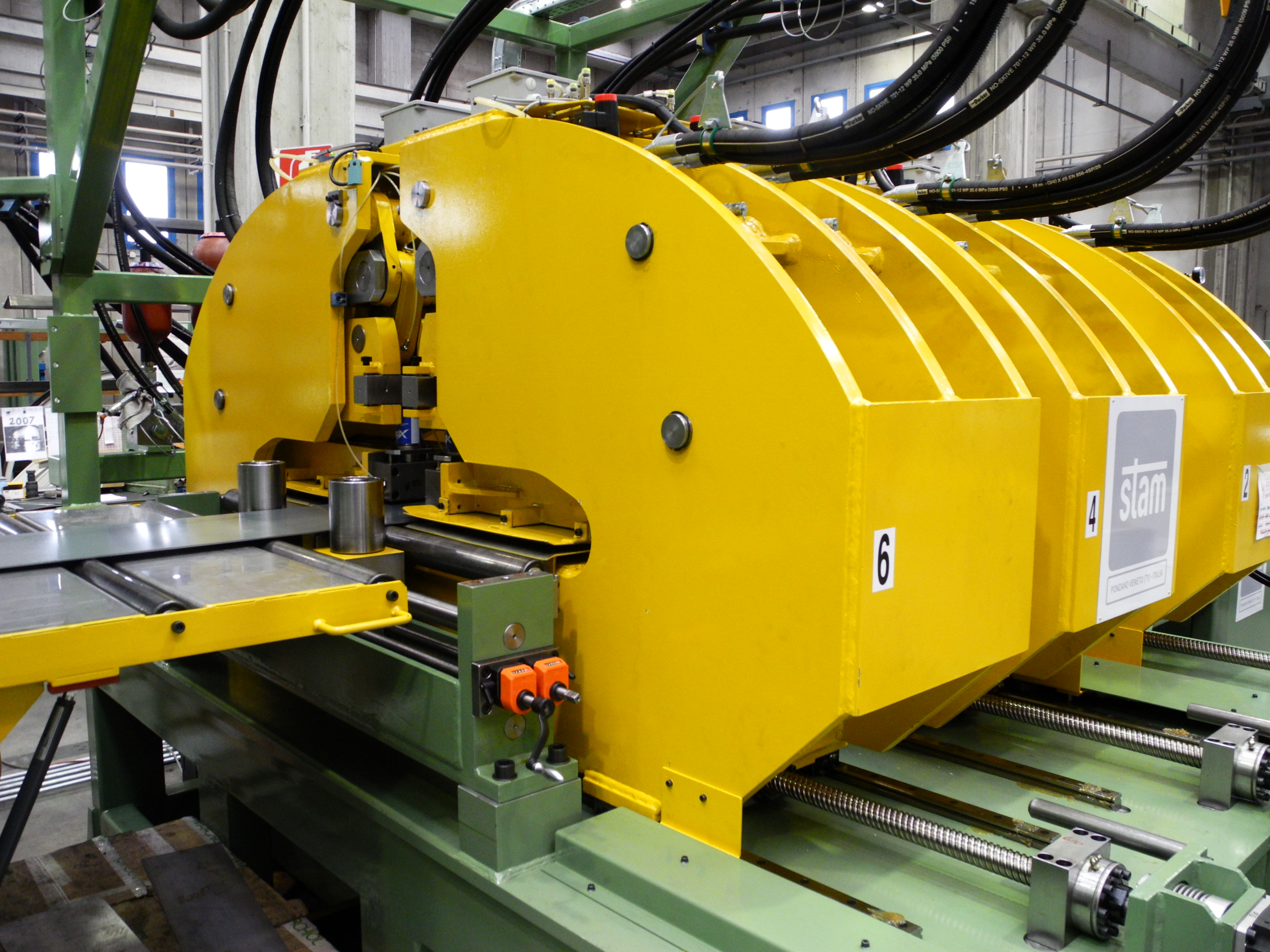






:max_bytes(150000):strip_icc()/GettyImages-106572292-3658474337224eda8721faead4f91390.jpg)
:max_bytes(150000):strip_icc()/GettyImages-1057621140-78ab2e946841421d9a7efeebe02935d2.jpg)




